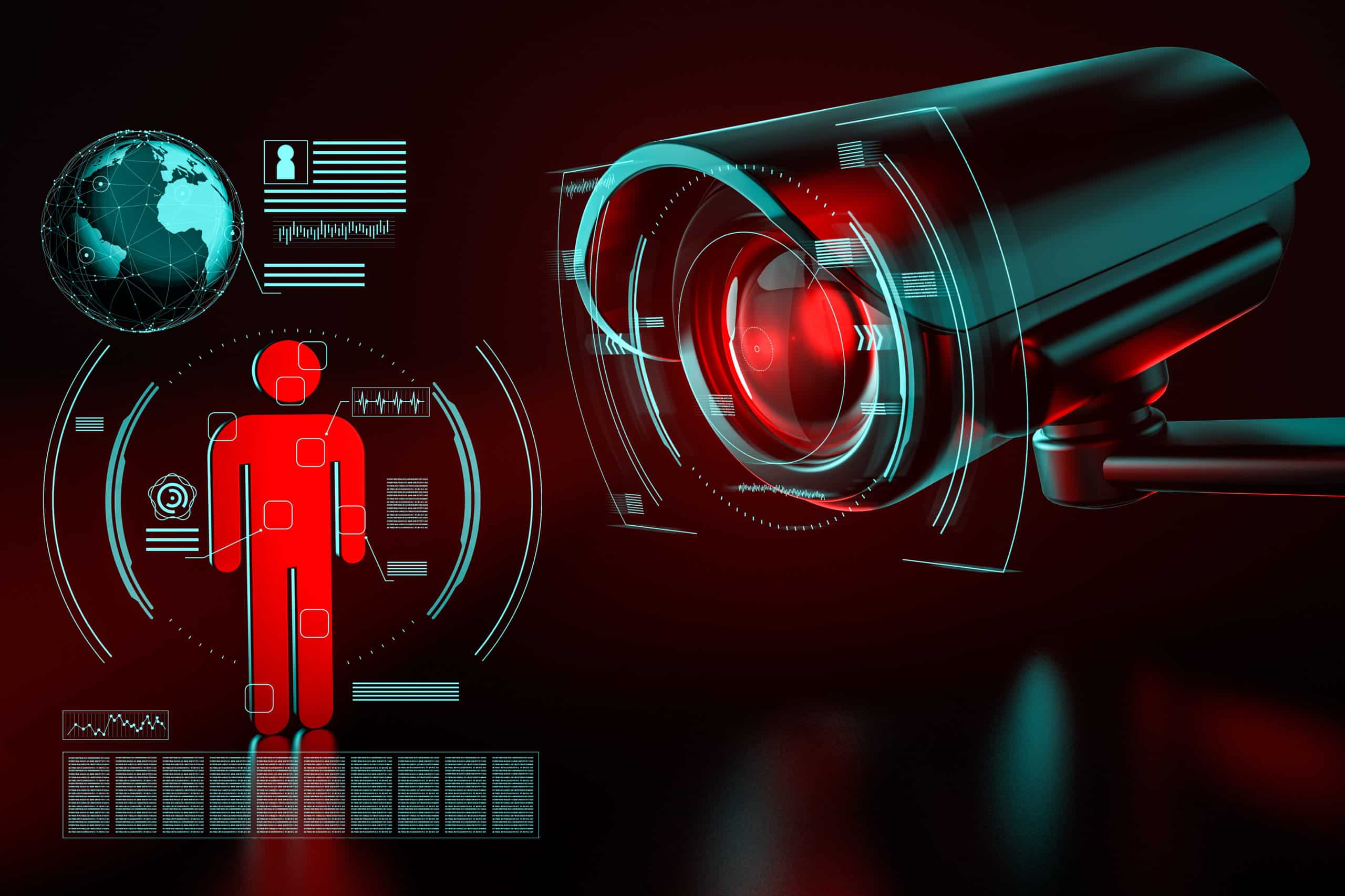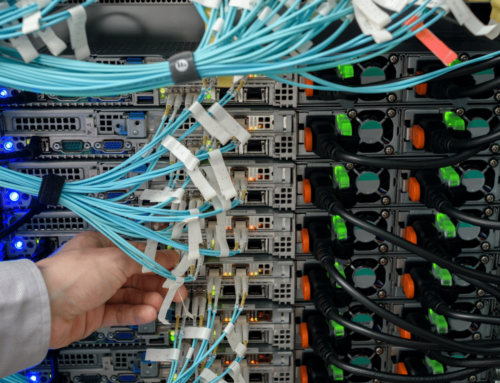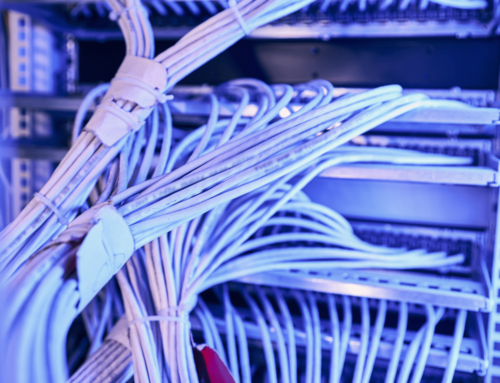Good security compliance is about more than avoiding fines, or even attacks.
When an organization is on top of security compliance, they’re often on top of good data management practices as well. They’re able to keep track of sensitive assets, they know if they’re keeping personal identifiable information about customers, and they often have a plan in place in case a breach does occur. Compliance makes an organization more disciplined, ingrains good cybersecurity practices into the company culture, and streamlines data management practices.
The following are some best practices to help your organization improve its security compliance management, no matter what regulations you have to comply with:
- Build a cybersecurity compliance plan: Compliance doesn’t happen on its own; the best way to stay compliant is to create a plan that gets your IT, security, and compliance teams on the same page. A plan should include your stakeholders, the list of standards you’re expected to comply with, and a thorough risk assessment.
- Make sure your teams are talking to each other: Cybersecurity compliance can be tricky because your teams are often siloed. IT or your security team is on the front line when it comes to breaches, attacks, and solutions to prevent breaches. They may, however, not be up on the finer points of compliance and regulatory standards. The same goes for your compliance team, who may know the regulations but may not understand the technology involved. Make sure they’re talking to each other, so they can keep your organization up to code.
- Use smart and automated tools: As your organization scales, it can be hard to manually keep track of your infrastructure – and that can affect your ability to stay in compliance. By automating tasks, you can make business processes more efficient and more consistent.
- Patch and update often: A patching schedule is critical; criminals know when patches are released and count on organizations to delay or miss their patching schedule. By applying patches, you’ll keep your systems up to date, and boost security, performance, and compliance.
- Monitoring continuously: Threats are constantly evolving, and those new risks inform changes to regulations and standards, so it’s important to be aware of your infrastructure and the specific risks that affect your data and networks. This can be difficult if you’re using distributed environments across multiple platforms; you may have a hard time getting a complete picture of your environment and any risks and vulnerabilities that might be present. The more complex a system is, the more difficult it can be to monitor that system.






